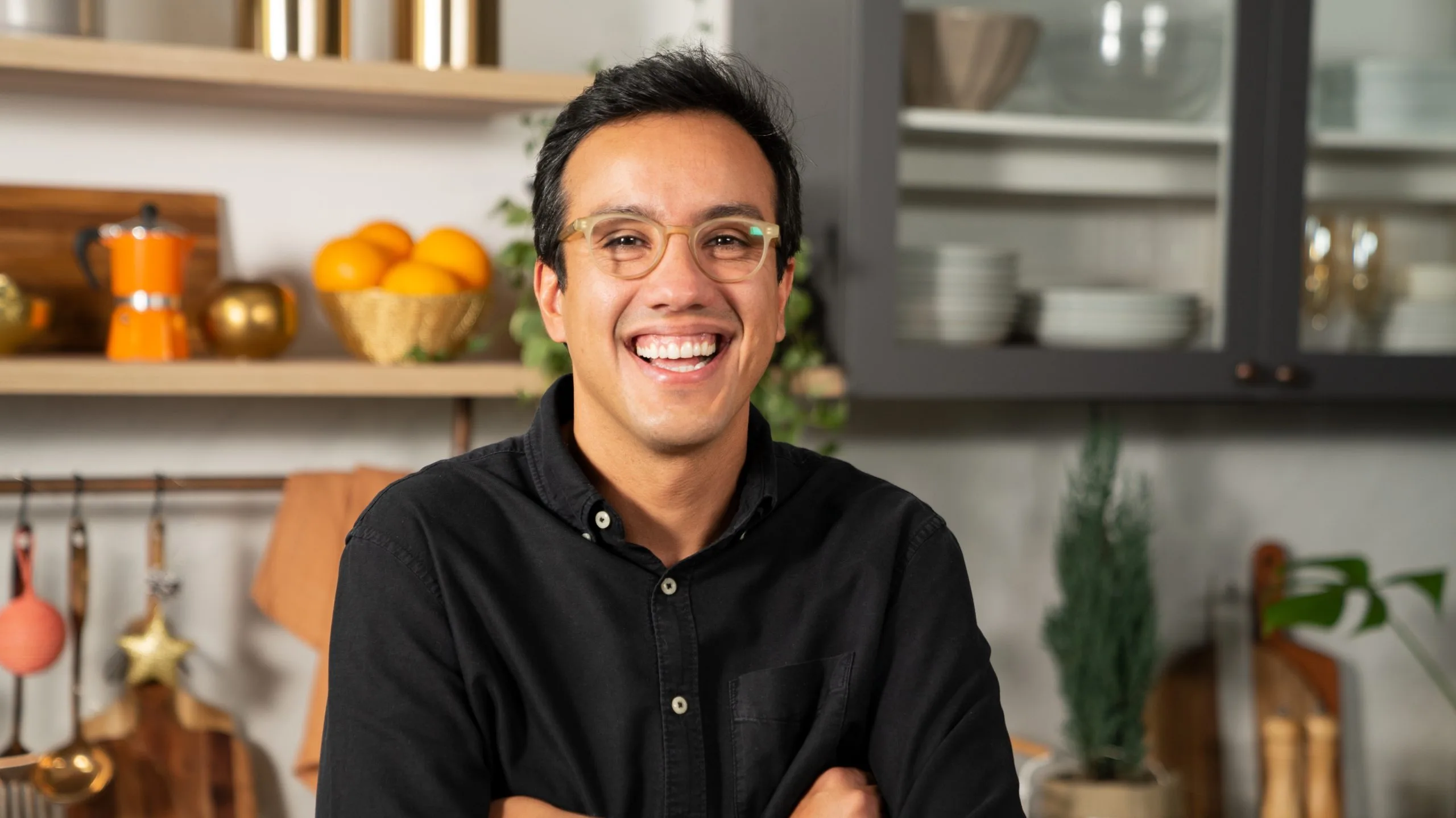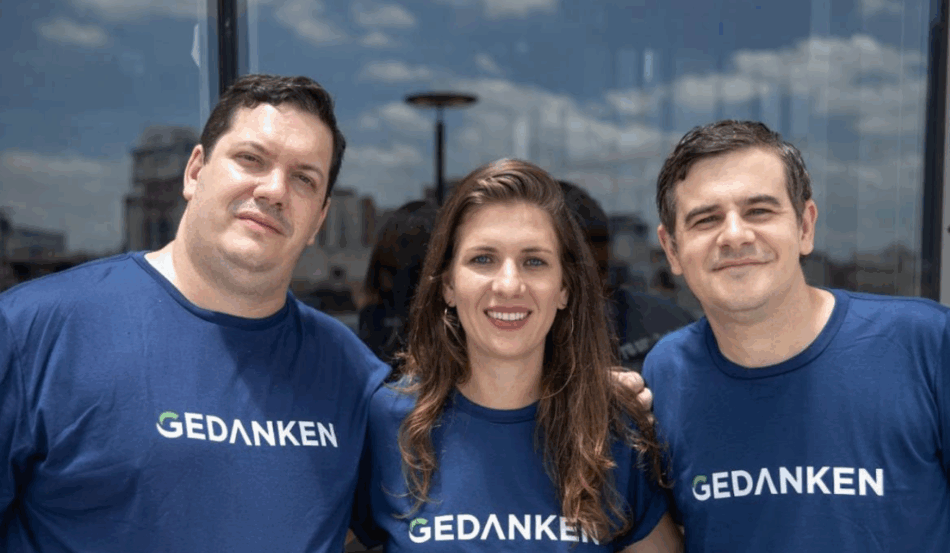
Essa notícia também está disponível em português
As connected TVs become more popular in Brazil, food network Tastemade is placing its bets on streaming and going beyond the food segment, whilst developing new businesses focused on specialized content creation for local brands.
Founded in 2012 by media executives Larry Fitzgibbon, Steven Kydd, and Joe Perez, Tastemade attracts 300 million monthly users with content across social media, PayTV, and streaming channels. With high-quality videos produced in six studios worldwide, the company uses real-time data to entice a typically Millennial audience, that consumes about 700 million minutes of its content per month.
The startup arrived in Brazil in 2016, a year after closing a $40 million Series D led by Goldman Sachs. The company’s latest round was a $35 million Series E in late 2018, also led by the investment bank, followed by backers such as Amazon, Cool Japan Fund, and Redpoint Ventures. Brazil is one of the company’s main markets in Latin America, after Mexico and Argentina; the countries broadcast content from other markets, in addition to locall-produced content.
According to Bruno Gomes, director of sales and brand partnerships at Tastemade Brazil and Latin America, the company has a strong presence on platforms such as Pinterest, YouTube, and Facebook, and users consume content predominantly via mobile devices. The company has adjusted to the algorithms and dynamics of the various platforms over the years, and in 2020 started to focus on streaming as part of a global strategy.
“A few years ago, people stopped watching TV as their focus was on smartphones and mobile devices. But with streaming and the whole connected TV ecosystem, things have changed a lot and the television has become a protagonist again”, Gomes points out, in an interview with Startups.
“In Brazil, we started to understand the content that performs better, and since mid-2021, began to create longer, exclusive content designed for this channel”, the executive says. Tastemade‘s most-watched program is Coisas que Nunca Comi (Things I’ve Never Eaten, in Portuguese), in which presenter Otávio Albuquerque travels the world trying local cuisine classics.
Other successful programs in Brazil include Liz Pede Bis, in which the presenter tastes everything from street food to plant-based products from Chilean plant-based food company NotCo, which sponsored one of the episodes. “People love to see others eating. They also want content curation and something to relax, rather than watching a video that makes them tense or too reflective,” Gomes says.
When it comes to formats that work better in Brazil compared to other global markets in which the firm operates, Gomes notes the local audience is more attuned to certain formats – such as the structured preparation of a three-course menu – than well-known presenters, despite the fact Tastemade has a few influencers in its cast. “In the United States, having famous presenters is very important, while in Brazil there are programs with five or six [presenters], which perform well just the same”, he points out.
Beyond millennials
In a 2022 survey with its streaming audience, the company found that the majority of the Brazilian audience on connected TV is female (62.7%), watches the channel more than twice a week (70.9%), and pays for platforms such as Netflix (75.4%). Unlike the audience on social networks, Tastemade’s viewers in Brazil are not only Millennials: 32.3% of the audience is aged between 45-54 years old; 26.5% between 25 and 34; and 21% between 35 and 44.
However, more than 44% of the interviewees did not know the channel before answering the survey, available via a QR Code during Tastemade‘s schedule. According to Camila Passetti, director of content and distribution at the startup, there is a significant number of people in Brazil who still don’t know about the platform, but are interested in its content.
“[We have] a huge opportunity to attract this new audience by offering original and innovative content, including content sponsored by brands, fully aligned with their preferences and – why not? – services such as classes and coupons”, the executive says.
“We have the chance to build an ecosystem, an engaged and diverse community that wants to cook, travel, and create – and we have the power to know what, where, and how [the public wants to do it]” Passetti adds. In the United States, the company is already making progress when it comes to creating experiences – thanks to ChefsFeed, a company acquired by Tastemade in 2020 that enables professional chefs to sell in-person and virtual events.

Tastemade’s goal to increase the audience is, in a way, conditioned to the modernization of the TV estate in Brazil, says Gomes. “I usually joke that it all depends of Christmas and Black Friday [sales]: the more people have connected TVs, the better for us. In this long-term planning horizon, we are doing well. We started working a lot on the channel last year and will do more in 2022.”
Also according to the survey, most people want to see more content about home and DIY. In addition to that front, the company will also focus on travel and has started to create more content in these new segments. “The goal is to increase the range of viewers. As a company that aims to produce aspirational content, we can inspire [the public] in different ways”, Gomes says.
“The audience has started to realize that we have different types of content and the engagement has grown in 2022. With users prepared, now is the time to create [content] for brands”, he adds.
What Brazil brings to the table
When it comes to how Brazil contributes to the global strategy, Gomes says the variety of formats opens up a wide range of options for advertisers, which include brands such as Bailey’s, Stella Artois, Nestlé, and Polenghi. In addition, brands that have nothing to do with food, such as Gringo, a Brazilian startup that operates a service that enables users to sort out car-related taxes and other bureaucratic tasks, also advertise with Tastemade.
“We are able to bring engagement and creativity to the audience, even in segments that are not related to food and drinks. Our projects are much more creative; we manage to demonstrate value – which is great, especially when it comes to things that other countries haven’t done yet”, says the executive. Such “made in Brazil” initiatives include Tastemade’s positioning as a specialist creator for brands, acting as a one-stop-shop with content solutions for TV and social networks.
“Many brands want to create relevant content on their networks since only selling products doesn’t help with customer retention or make people follow their profiles. You have to engage – and we are lending that formula to some brands”, Gomes points out, referring to companies that have partnered with the startup in this segment, such as Bauducco, which used the Tiny Kitchens format to make panettones and other miniature recipes.
In terms of revenue, Gomes notes that the Brazilian subsidiary never stopped growing, but the depreciation of the Brazilian real against the dollar has meant the country lost some of its importance globally. “Our challenge, which guides many of our business discussions, is how to become more relevant by doing other things based on our brand, in addition to content”, Gomes says.
On the other hand, Latin America is the second most relevant region for the company after the United States, both in terms of revenue and content creation. Argentina, for example, is the leader in that regard, with 80 people in the production team alone.
“The company’s strategy is to produce content in cheaper places, which can be consumed in various markets. The quality of creation in Latin America is high, we do it very well and in significant amounts”, says the executive. Formats that were invented by the company and come from Argentina, which is also a major cinema production hub, include the step-by-step aesthetic in which only the hands that prepare the recipe appear.
In addition to producing content for brands, the priorities for the Tastemade team in Brazil in the coming months will be to advance the connected TV strategy, as well as strengthen the home and travel fronts. “We will work hard this year to bring different types of content across these new segments and increase engagement, especially in Brazil, where we have a wider range of potential customers and audiences”, he concludes.
(translation by Gabriela Del Carmen, editing by Angelica Mari)







